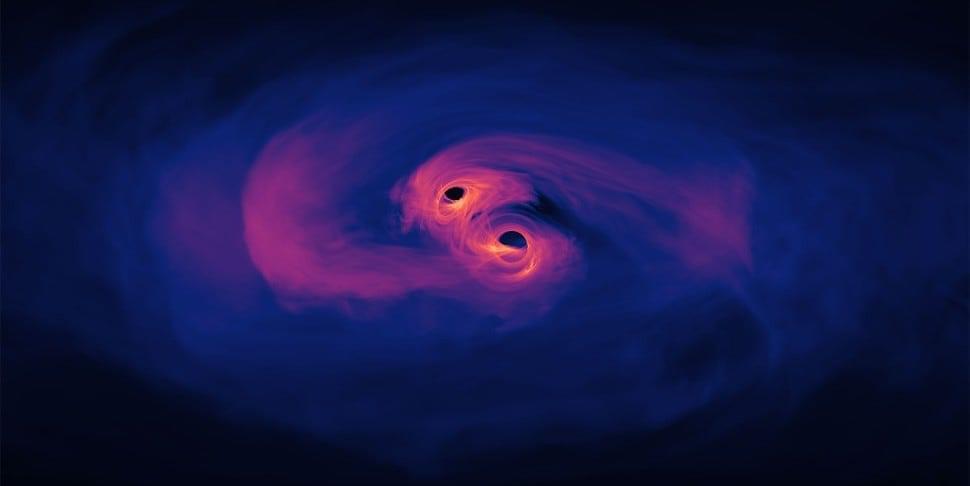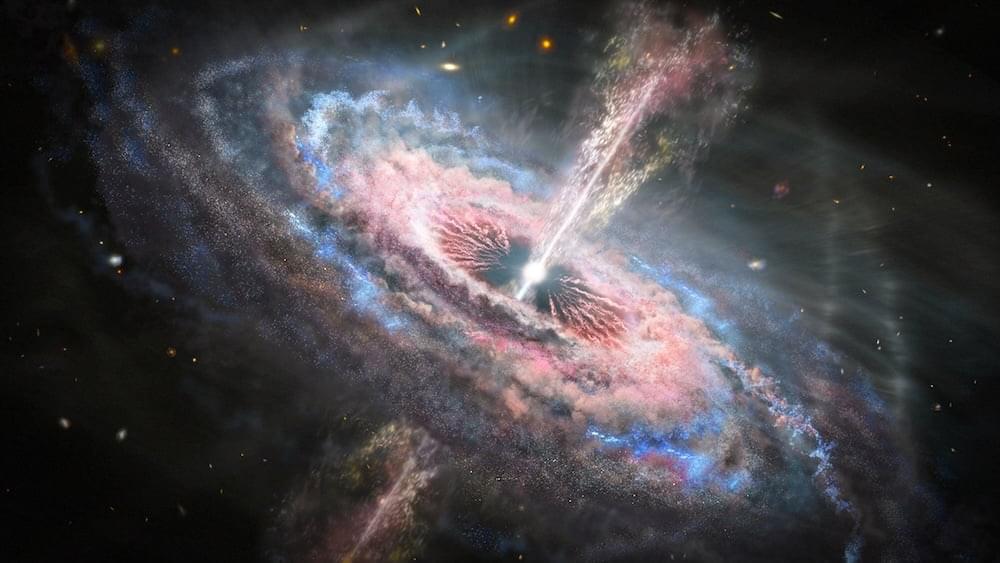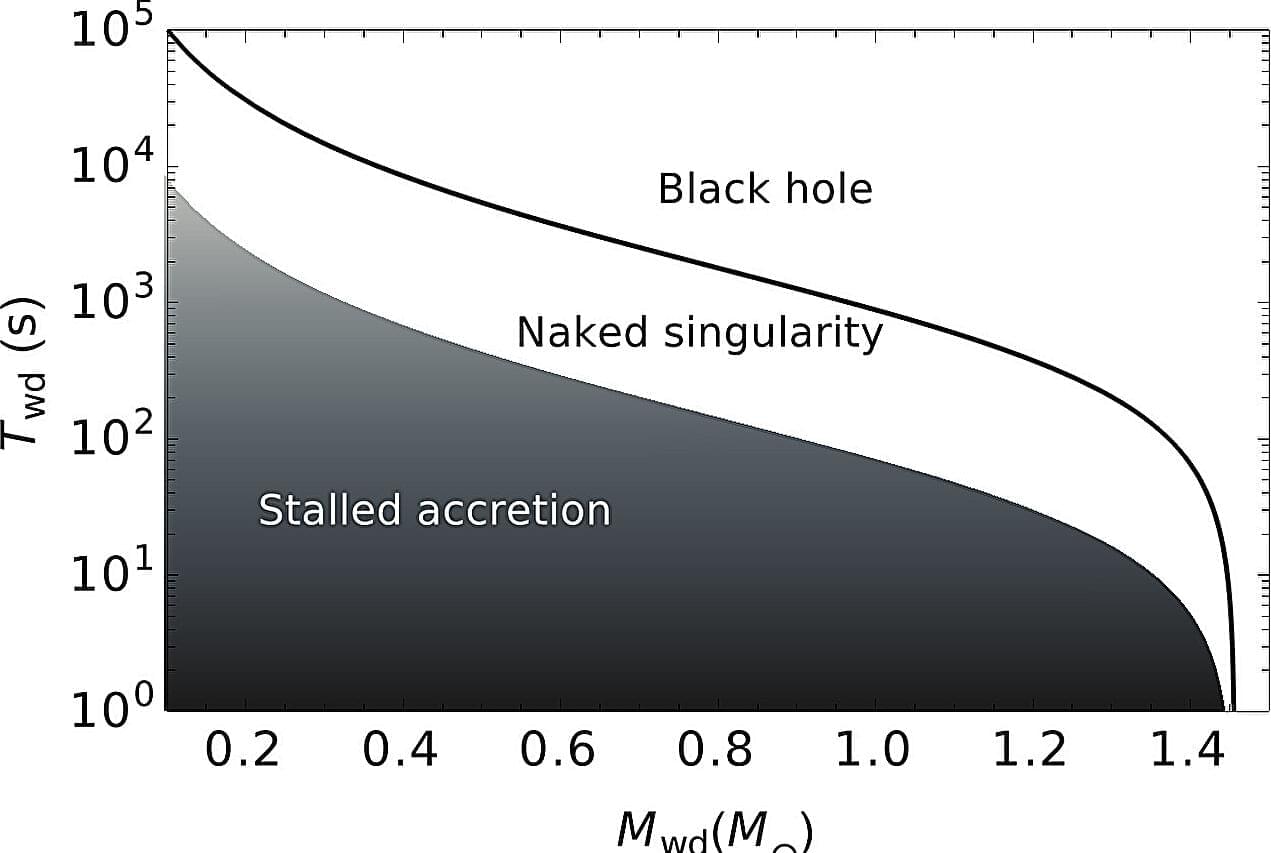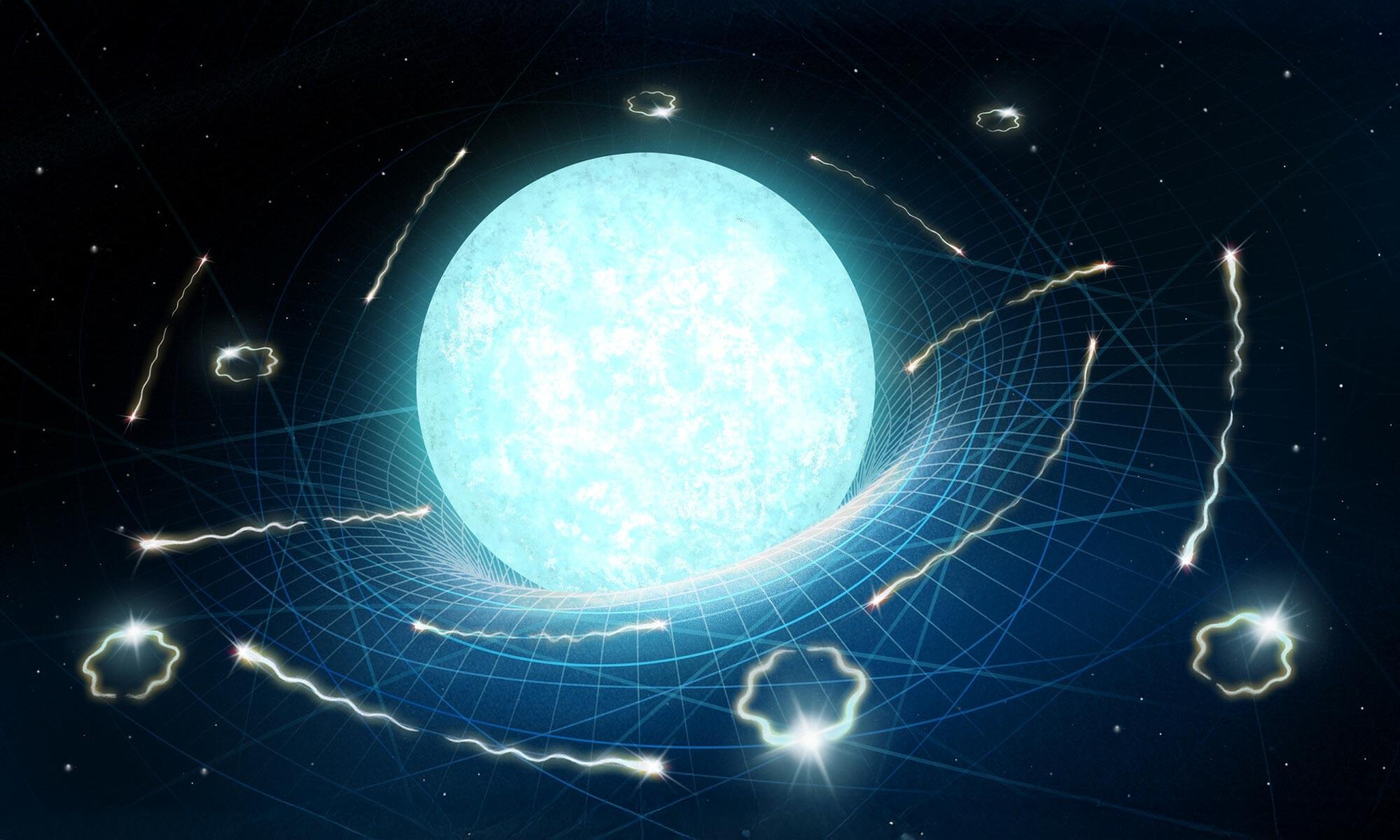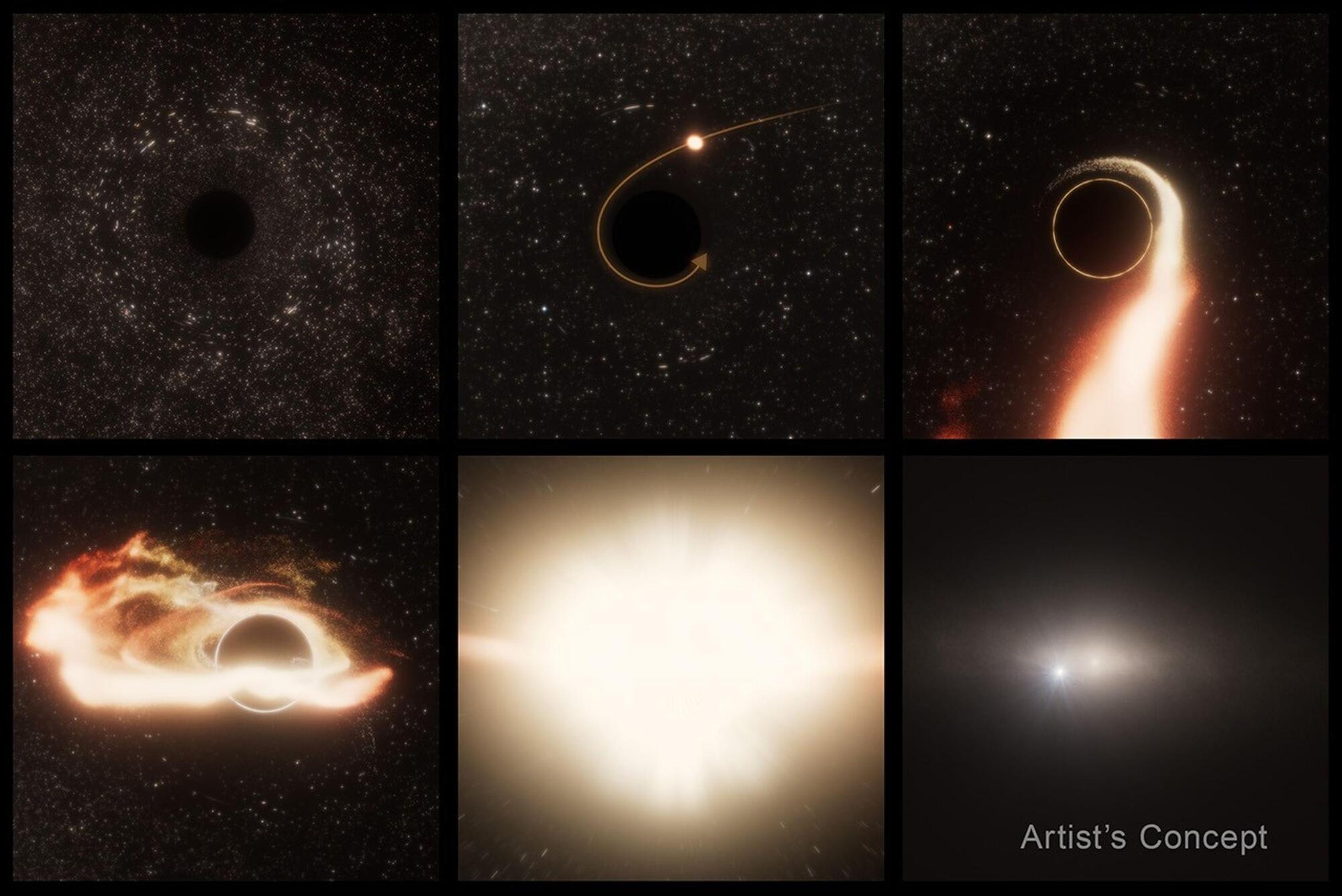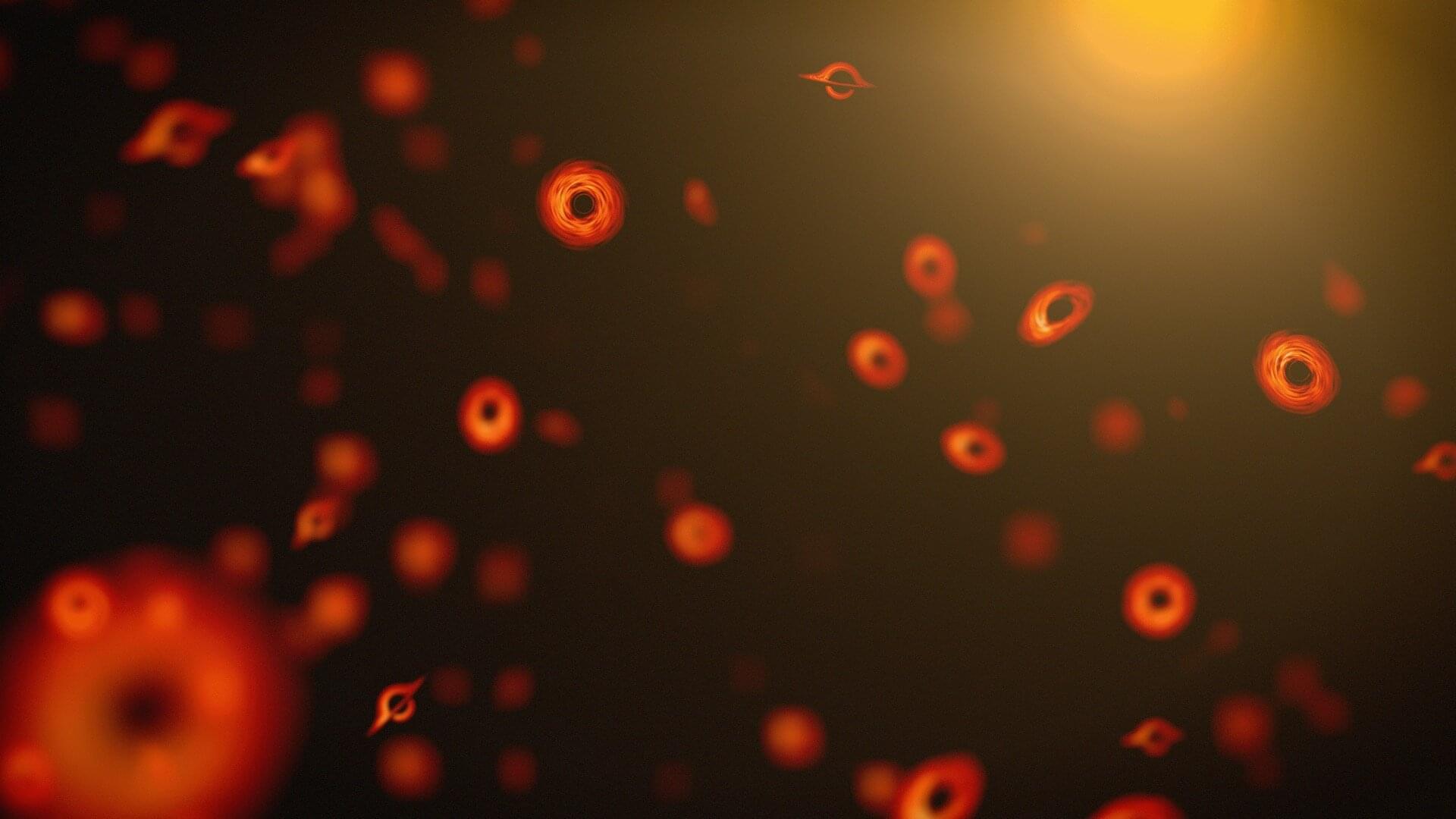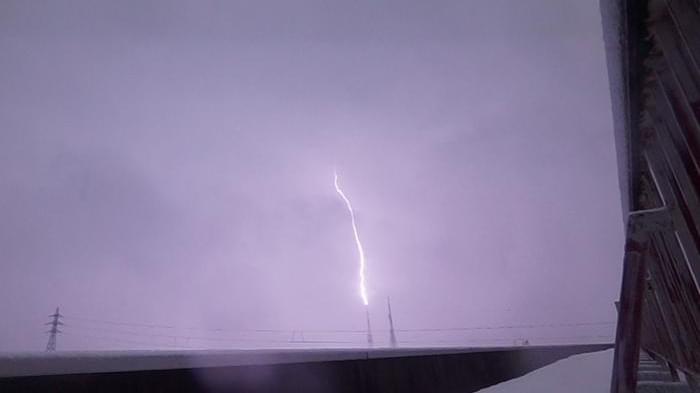Almost every galaxy hosts a supermassive black hole at its center. When galaxies merge, the two black holes spiral in closer to each other and eventually merge through gravitational-wave emission. Within a few billion years, this process will be featured close to home as our own Milky-Way will collide with its nearest massive neighbor, the Andromeda galaxy.
If the two black holes have different masses, the emission of gravitational waves is asymmetric, causing the merger product to recoil. The intense burst of gravitational waves in a preferred direction during the final plunge of the two black holes towards each other, kicks the remnant black hole in the opposite direction through the rocket effect. The end result is that gravitational waves propel the black hole remnant to speeds of up to a few percent of the speed of light. The recoiling black hole behaves like the payload of a rocket powered by gravitational waves.
In 2007, I published a single-authored paper in the prestigious journal Physical Review Letters, suggesting that a gravitational-wave recoil could displace a black hole from the galactic center and endow it with fast motion relative to the background stars. If the kick is modest, dynamical friction on the background gas or stars would eventually return the black hole back to the center.
